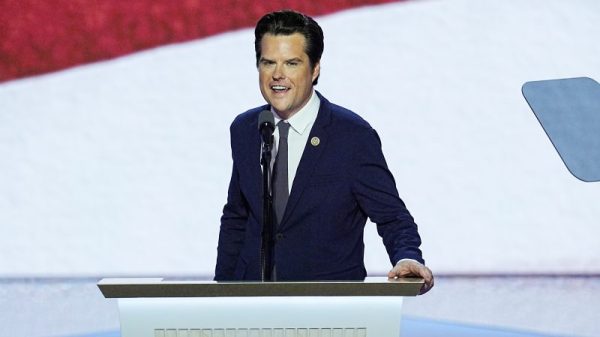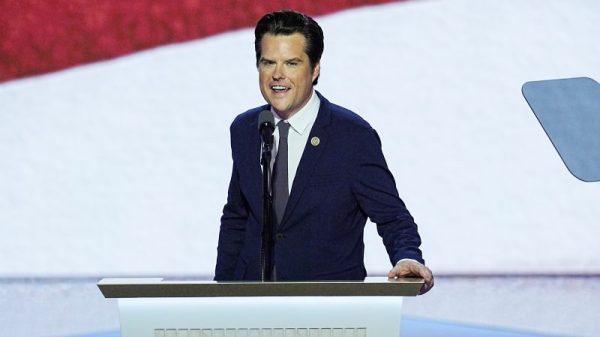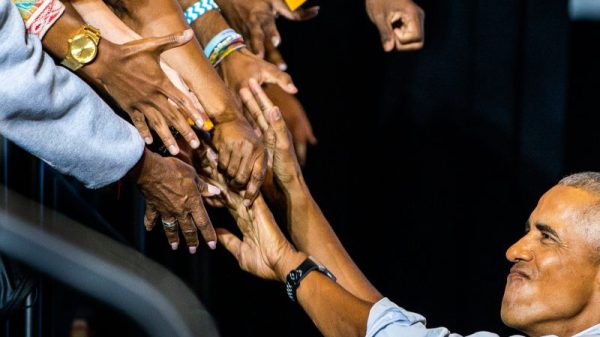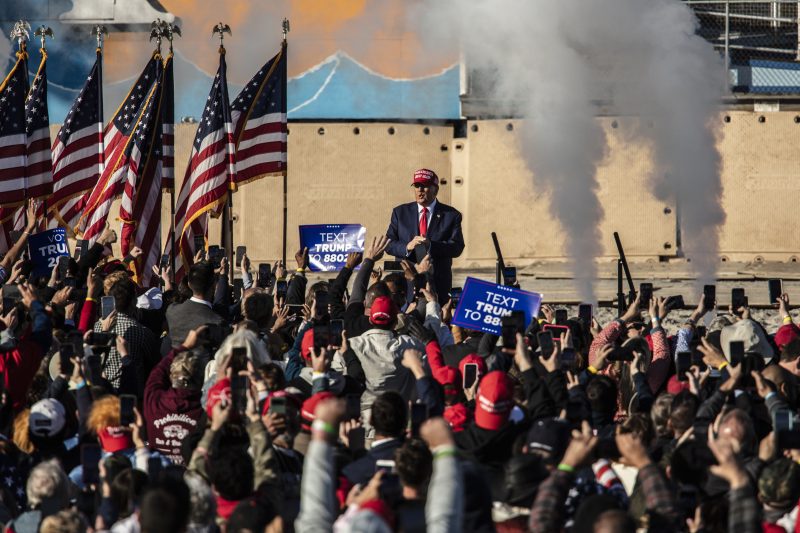In the recent political landscape, discussions have often centered around the significance of rally turnouts in predicting election results. The notion that the size and enthusiasm of a candidate’s rally can foreshadow their electoral success has become a popular narrative. However, a critical analysis reveals that rally attendance alone is not a reliable indicator of electoral outcomes. Let’s delve deeper into the factors that influence election results and why relying solely on rally turnouts can be misleading.
First and foremost, it is essential to recognize that rally attendance does not necessarily translate into widespread public support. While a large crowd at a rally may be indicative of strong enthusiasm among a candidate’s base, it does not account for the broader electorate’s opinions and voting behaviors. Elections are determined by the collective choices of a diverse set of voters, each with varying priorities and concerns that go beyond attending a single event.
Moreover, the impact of rally turnouts on election results is often overstated due to the phenomenon of core supporters. Candidates typically attract their loyal supporters to rallies, individuals who are already committed to voting for them. As a result, rally attendance may mainly reflect the enthusiasm of these core supporters rather than sway undecided or independent voters who hold greater influence in determining the outcome of an election.
Additionally, the media’s focus on the spectacle of rallies can create a distorted perception of a candidate’s popularity. Rally attendance tends to garner significant media coverage, shaping public discourse and potentially influencing voter perceptions. However, it is crucial to differentiate between the hype generated by a rally and the genuine support that translates into votes on Election Day.
Furthermore, the evolving landscape of political campaigning, particularly in the digital age, has diversified the ways in which candidates connect with voters. While traditional rallies remain a staple of campaign strategies, online engagement, social media presence, targeted advertisements, and grassroots mobilization play increasingly significant roles in reaching and mobilizing voters. Consequently, a candidate’s success is contingent on a multifaceted approach that goes beyond the confines of rally turnouts.
In conclusion, while rally turnouts can serve as a visible expression of support and enthusiasm for a candidate, they should not be misconstrued as a definitive predictor of election outcomes. To understand the complex dynamics that shape electoral results, one must consider a broader array of factors, including voter demographics, shifting political landscapes, campaign strategies, and external influences. By employing a comprehensive and nuanced approach to analyzing elections, we can move beyond simplistic narratives and gain a deeper understanding of the democratic process.



























